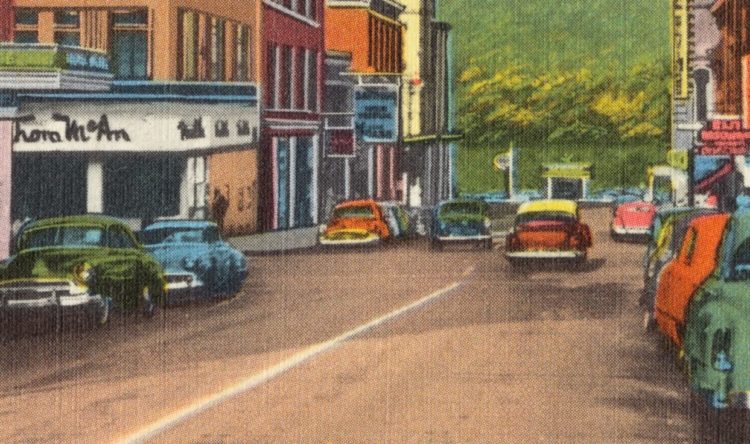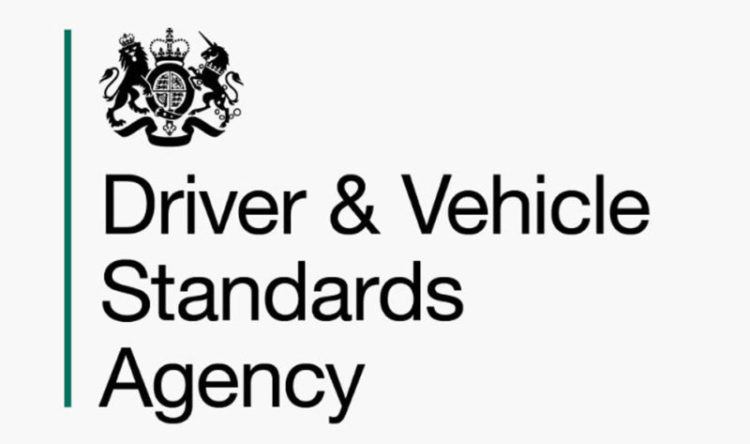What are they thinking?
New drivers provide their thoughts on learning and investing in their future on the roads
To mark nearly two decades supporting learners and new drivers, FirstCar has undertaken a fascinating survey of young drivers.
With around one million learners taking to the roads each year, they represent a huge proportion of motorists facing and promoting change. What type of cars are they considering investing – manual, auto, electric or fossil fuel? Who teaches them – parents, ADIs, national or local driving schools? Who provides their main source of motoring advice and recommendations? Who pays for this huge investment into their future?
FirstCar provide a great insight into young driver thinking.
Getting behind the wheel
ADIs carry the weight of responsibility for teaching new drivers. The survey found that 70% use an independent instructor, though perhaps slightly more than expected actually use a bigger driving school – 17% a national, 11%a regional school.
Recommendation remains as important as ever. Whilst online rating systems certainly play their part with 32% going online to find a driver trainer, 58% rely on good old personal recommendations.
As for filling ADI diaries over the long term, 50% of drivers spend 25-50 hours in lessons. What’s more, 21% spend over 50 hours under tuition. As for private practice, 48% spend 25 hours or more practising in between lessons. This has to be a good thing for road safety as the more real driving experience a new driver gains, the safer they will be.
A little more worrying is the fact that 41% do not do any additional driving practice outside of lessons.
Who knows?
Learning to drive is a big step into the adult world, a traditional ‘rites of passage’ even if the number of young people desperate to learn to drive at the earliest age is declining according to various social surveys. This has generally been put down to a number of simple reasons.
Environmental concerns and cost are regularly cited, but also the rise of the smartphone and the ease of looking up and planning journeys on public transport. However, several research studies have shown that having a driving licence improves your job prospects, whether or not the work role requires a driver. It is believed this is largely down to a heightened sense of responsibility, enthusiasm for learning and planning ahead.
So, who provides the valuable advice on everything driving and motoring? Parents, friends, the world wide web? No, 70% of new drivers look to the humble driver trainer to provide advice on driving and motoring across the board. This is not just driving skills, but also the likes of insurance, types of cars or learning aids.
Hello John, got a new motor…
Of course, the end game for all learners is the freedom of being able to drive when and where they want. This doesn’t just involve gaining that driving licence, they also need the wheels to go with it.
Some are so keen, that 26% actually invest on a car while they are learning.
Despite the cost of learning, it seems that paying out for a car is a price worth paying. Within three months of gaining a full licence, 42% will have bought a car to call their own.
While it was generally presumed parents are funding such dreams, it seems that 75% of new drivers actually put the money on the table. Perhaps to stop the family car disappearing from the drive, just under 20% of parents do opt to help their off-spring find motoring freedom.
The traditional ‘used car’ route remains the most popular choice (77%), despite the push to encourage vulnerable new drivers into the newest, safest models. Only 13% can afford to payout for new or nearly new cars.
Despite the environmental concerns of young people, the hard realities of costs are surely a big inhibitor when it comes to going green on the road. Just 6% go electric or hybrid at present, whilst petrol remains the best alternative (73%).
However, as the number of electric vehicles on the road increases, so the second hand market for the green alternatives is growing. With the government ban on new petrol and diesel vehicles coming into force from 2030, these figures are likely to change dramatically. With this, the demand for auto rather than manual transmission lessons will undoubtedly increase. Currently 73% are choosing a manual, 22% an auto.
Facts & Figures
You can read all the facts and figures in the survey by clicking the link below:







